Automated Picking System – Optimize Your Warehouse Efficiency with DNC Automation
Warehouse picking operations consume 50-60% of total fulfillment costs while remaining the most labor-intensive and error-prone process. As Malaysian businesses face persistent labor shortages, rising wages, and e-commerce demands for faster delivery, automated picking systems have become essential for maintaining competitive operations. These intelligent systems combine robotics, software, and material handling equipment to dramatically improve picking speed, accuracy, and efficiency—transforming traditional warehouses into smart, responsive fulfillment centers aligned with Industry 4.0 objectives.
What Is an Automated Picking System?
An automated picking system uses technology to identify, locate, and retrieve products from warehouse storage with minimal or no human intervention. These systems combine hardware (robots, conveyors, sensors) and software (WMS, WCS, AI algorithms) to orchestrate order fulfillment processes—replacing manual methods where workers walk through warehouses collecting items based on paper lists or handheld scanners.
For Malaysian operations, automated picking addresses key challenges: labor shortages in physically demanding warehouse roles, accuracy requirements from marketplace platforms (Shopee, Lazada) where errors impact seller ratings, and speed demands from consumers expecting rapid delivery.
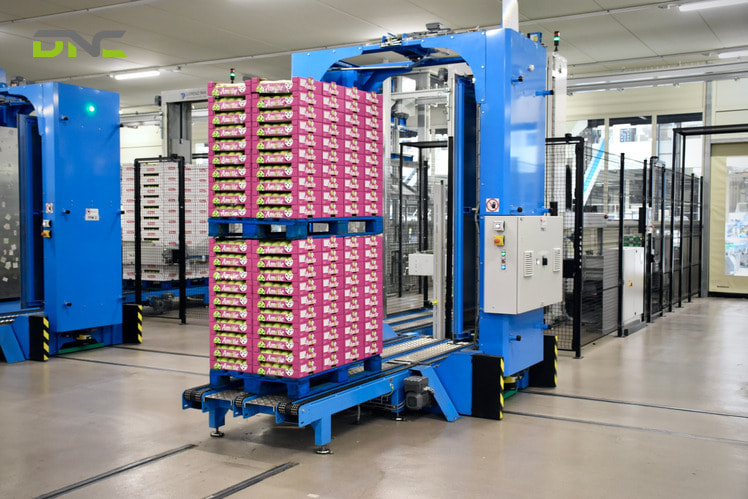
An automated picking system uses technology to identify, locate, and retrieve products from warehouse storage with minimal or no human intervention
What Are the Main Types of Automated Picking Systems?
The continuous evolution of logistics has led to the development of sophisticated Automated Picking Systems designed to significantly boost the speed and accuracy of order fulfillment. To cover the diverse needs of modern warehouses, these technologies can be broadly categorized into 4 primary types, each optimized for different operational scales and inventory characteristics.
Goods-to-Person (G2P) Systems
Products automatically travel to stationary operators rather than workers searching for items. AS/RS systems, shuttle robots, or mobile shelf-moving robots retrieve storage units and deliver to ergonomic picking stations. Operators remain at workstations where pick-to-light systems guide selections and barcode scanners verify accuracy.
- Advantages: 3-4x productivity improvement, 99.5%+ accuracy, reduced worker fatigue, maximized storage density
- Disadvantages: Higher capital investment (RM 3-8 million), longer implementation timeline (6-12 months)
- Best for: High-volume operations (15,000+ daily orders), diverse SKU counts (5,000+ items), Malaysian e-commerce fulfillment and 3PL operations
Person-to-Goods with Robotic Assistance
Workers travel to storage locations but receive technology assistance. Mobile robots guide operators through optimal pick paths, display item information, verify selections, and transport collected items. Voice picking systems provide hands-free audio instructions through headsets.
- Advantages: Lower investment (RM 500K-2 million), faster implementation (2-4 months), flexible adaptation to layout changes
- Disadvantages: Workers still travel consuming time, limited productivity gains versus full automation
- Best for: Medium-volume operations, facilities with layout constraints preventing full automation, phased automation approaches
Fully Robotic Picking Systems
Autonomous robots complete entire picking process without human operators. Vision-guided robotic arms identify products, grasp items, and place into order containers. Collaborative systems combine multiple robots—one retrieves storage bins, another picks items, third seals and labels completed orders.
- Advantages: 24/7 operation without labor, consistent performance, handles hazardous materials, ultimate scalability
- Disadvantages: Highest investment (RM 5-15 million), limited to suitable product types (uniform packaging), complex integration
- Best for: Very high volumes (50,000+ daily orders), repetitive product profiles, operations with extreme labor costs or availability challenges
Pick-to-Light and Voice Picking Systems
Semi-automated approaches guiding human operators through technology. Pick-to-light uses LED indicators at storage locations or picking carts illuminating next pick position with quantity displays. Voice systems provide audio instructions operators confirm verbally—hands and eyes remain free for picking tasks.
- Advantages: Low investment (RM 200K-800K), rapid deployment (4-8 weeks), high accuracy (99%+), minimal training required
- Disadvantages: Workers still travel, productivity gains limited to 50-100% versus manual
- Best for: Smaller operations, budget-constrained implementations, facilities testing automation before major investment
Comparison Summary
| System Type | Investment | Productivity Gain | Accuracy | Implementation Time | Best Application |
| Goods-to-Person | High | 300-400% | 99.5%+ | 6-12 months | High-volume e-commerce |
| Person-to-Goods + Robots | Medium | 100-150% | 98-99% | 2-4 months | Medium volume, flexible needs |
| Fully Robotic | Very High | 400-600% | 99.9%+ | 12-18 months | Very high volume, uniform products |
| Pick-to-Light/Voice | Low | 50-100% | 99%+ | 1-2 months | Budget-constrained, testing automation |
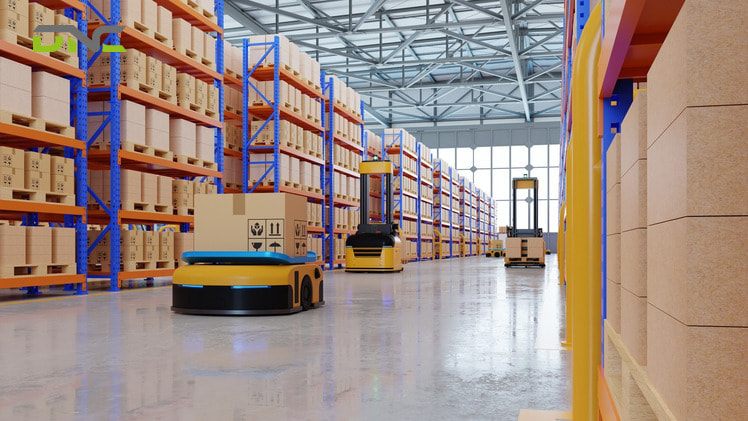
These technologies can be broadly categorized into 4 primary types
What Are the Key Benefits of Using Automated Picking Systems?
Adopting Automated Picking Systems is essential for future-proofing your supply chain. By minimizing manual effort, these systems solve modern challenges like labor shortages and high customer demands for speed. We will examine the 5 key benefits that make automated picking technology a critical investment.
- Increased Order Processing Speed: Automated systems process orders 2-4x faster than manual operations. Goods-to-person systems eliminate 60-70% of time previously spent walking—operators achieve 300-400+ picks per hour versus 60-100 manually.
- Dramatically Reduced Picking Errors: Automation with verification technology reduces error rates from 2-3% to 0.1-0.5%. Pick-to-light guidance, barcode scanning, and weight verification eliminate location confusion and quantity mistakes.
- Optimized Labor and Reduced Operating Costs: Productivity improvements mean 40-60% fewer workers needed for equivalent volumes. Reduced physical demands lower injury rates and workers’ compensation costs. Overtime elimination during peak periods saves premium wage expenses.
- Improved Accuracy and Real-time Data Visibility: Every pick updates inventory systems automatically with timestamps, locations, and operator IDs. Real-time stock visibility prevents overselling. Lot tracking supports quality compliance and rapid recalls.
- Enhanced Peak Season Capacity: Automated systems handle volume surges (11.11, 12.12 promotional events) without temporary labor hiring challenges. Same workforce processes 2-3x normal volumes during peaks.
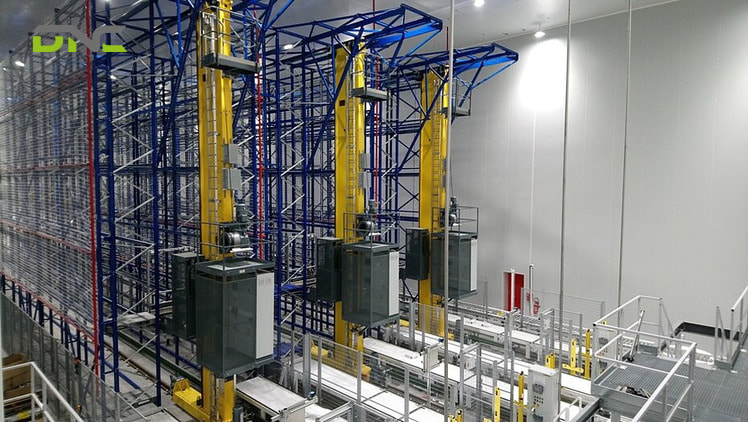
5 key benefits that make automated picking technology a critical investment
How Does an Automated Picking System Integrate with Smart Warehouse Technologies?
An Automated Picking System (APS) integrates with smart warehouse technologies through a layered software hierarchy and a network of Internet of Things (IoT) sensors to ensure seamless, real-time communication and orchestration of all activities.
- WMS/WCS and IoT Integration: Picking systems connect seamlessly with Warehouse Management Systems determining fulfillment strategies and Warehouse Control Systems coordinating equipment. I
- Real-time Inventory Synchronization: Every picking operation updates inventory instantly across all connected systems—WMS, ERP, e-commerce platforms, customer portals.
- Smart Warehouse and Industry 4.0 Role: Automated picking enables key Industry 4.0 capabilities: digital twins mirror operations for simulation and optimization, predictive analytics forecast demand and equipment maintenance, autonomous systems make operational decisions without human intervention.
- AS/RS Coordination: Picking systems work in concert with Automated Storage and Retrieval Systems.
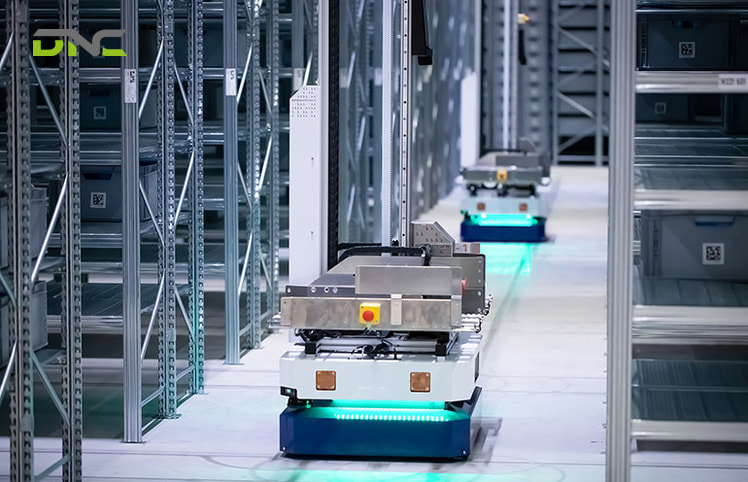
Every picking operation updates inventory instantly across all connected systems
What Challenges Might Companies Face When Implementing Automated Picking Systems?
While Automated Picking Systems offer huge gains, the implementation process presents significant hurdles. It involves more than just buying robots; it requires complex planning, process changes, and strategic management. Successfully navigating these obstacles is vital for achieving a positive return on investment. We will examine the primary challenges that organizations typically face during the transition to automated picking.
High Initial InvestmentL
Systems cost RM 1-8 million depending on scale and technology. Solution: Phased implementation starting with high-impact areas, government grants (MIDA, MDEC) reducing net costs 30-70%, ROI modeling demonstrating 24-36 month payback through labor savings and productivity gains.
Layout and Data System Requirements
Effective automation requires adequate ceiling heights (8-12+ meters for vertical systems), appropriate floor loading capacity, robust WiFi infrastructure, and integrated WMS platforms. Solution: Comprehensive facility assessment before technology selection, WMS upgrades preceding robot deployment, experienced system integrators managing complexity.
Workforce Training Needs
Operations and maintenance staff require new skills operating automated equipment, interpreting system dashboards, and troubleshooting issues. Solution: Comprehensive multilingual training programs, vendor support during initial months, cross-training multiple team members preventing single-person dependencies.
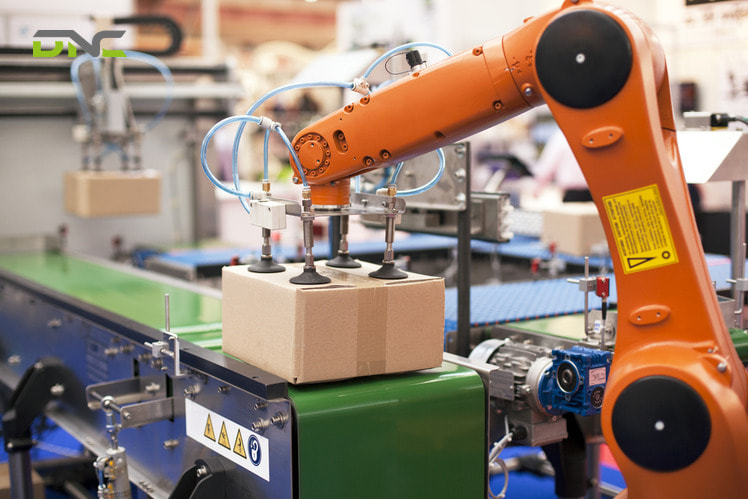
Systems cost RM 1-8 million depending on scale and technology.
Frequently Asked Questions about Automated Picking Systems
1. What’s the difference between Automated Picking and AS/RS?
AS/RS (Automated Storage and Retrieval Systems) focus on dense storage and automatic retrieval of entire containers or pallets from storage locations. Automated Picking Systems handle item-level selection—identifying specific products within containers and assembling them into customer orders.
Many modern warehouses combine both: AS/RS retrieves storage bins to picking stations where automated picking systems guide operators selecting individual items.
2. Can Automated Picking Systems handle fragile or irregular items?
Yes, but approaches vary by product characteristics. Soft robotic grippers with compliant surfaces handle delicate items like glassware or electronics. Vision systems recognize irregular shapes calculating optimal grasp points.
For extremely fragile or unique items, semi-automated approaches work best—robots retrieve storage to operators who perform manual selection requiring human judgment and dexterity. System design should match product portfolio characteristics.
3. How long does implementation take?
Timelines vary by system complexity: pick-to-light installations complete in 4-8 weeks, person-to-goods with mobile robots in 2-4 months, goods-to-person systems with AS/RS in 6-12 months, and fully robotic picking in 12-18 months.
Phased approaches enable faster initial deployment with incremental expansion as teams gain experience and operational confidence grows.
4. What’s the ROI for warehouse picking automation?
Malaysian implementations typically achieve 24-36 month payback through combined benefits: 40-60% labor cost reduction, 200-400% productivity improvement enabling revenue growth, 0.1-0.5% error rates versus 2-3% manually saving returns costs, and 40-60% space savings reducing facility expenses.
With government Industry4WRD grants covering 30-70% of costs, net payback often shortens to 12-24 months. Operations running extended hours or handling high volumes achieve faster ROI.
Why Choose DNC Automation for Your Automated Picking System?
With over a decade of experience in Material Handling and Factory Automation, DNC Automation delivers reliable and customized Automated Picking System solutions that help businesses enhance efficiency, accuracy, and productivity.
- 10+ years of industry expertise: Proven experience in automation system design and warehouse optimization.
- Comprehensive integration: From conveyor systems, robotic picking, WMS to AS/RS, we provide complete end-to-end solutions.
- Expert engineering team: Skilled engineers with deep understanding of various manufacturing and logistics processes.
- Customized solutions: Each system is tailored to your layout, operation flow, and ROI goals for maximum performance.
- Technical support & maintenance: Dedicated service team offering nationwide support across Malaysia, ensuring smooth and continuous operation.
- 2 views
- 0 Comment



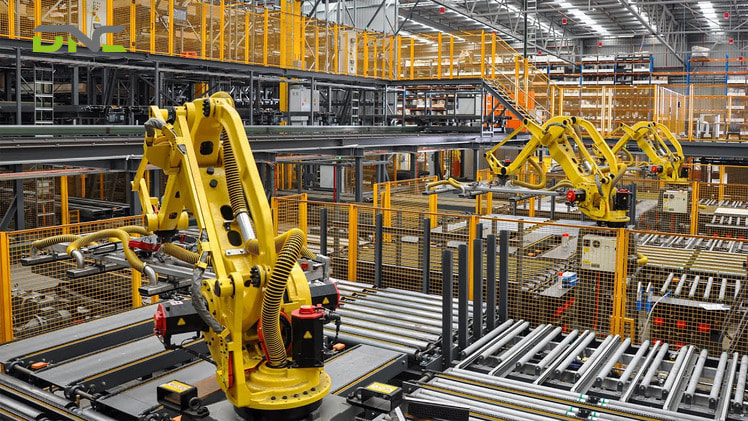
Recent Comments